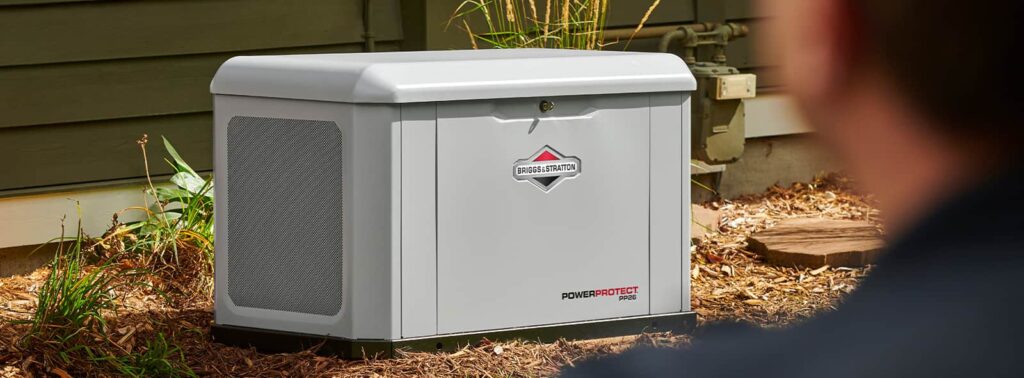How to Choose the Right Standby Generator Size for Your Home
Investing in a standby generator provides reliable backup power to keep your home running smoothly during outages. But choosing the appropriate size is crucial – undersizing won’t cover your electrical needs while oversizing wastes money and fuel. Follow this guide to determine the perfect standby generator size for your household.

July 27, 2023
Calculate Your Needed Wattage
The first step is calculating your home’s total wattage needs during an outage. Add together the running wattage of essential appliances and devices you want to power. Here are some average electrical loads:
– Refrigerator – 500-700 watts
– Freezer – 500-700 watts
– Furnace/AC blower fan – 800-1500 watts
– Kitchen appliances – 1200-2000 watts total
– Hot water heater – 3000-5500 watts
– Clothes washer – 500-1100 watts
– Well pump – 1000-3000 watts
– Television – 100-500 watts
– Computer and monitor – up to 500 watts
– Microwave oven – 1000-1500 watts
– Phone/laptop chargers – under 100 watts
– Lights – 100 watts per bulb
Don’t forget essential medical devices, home office equipment, and other necessities. Be sure to account for startup surge wattage which can briefly spike 2-3x the running watts. Add up the total for your expected load.
Factor In Future Expansion
Also consider potential expansion down the road – a pool pump, additional appliances, electric vehicle charging, etc. Adding 20-30% to your calculated load helps account for this growth so your generator won’t become undersized.
Choose Standby Generator Size
With your total wattage needs estimated, select a standby generator that meets or slightly exceeds that capacity. Common home standby generator sizes include:
– 10,000 watts (10 kW)
– 15,000 watts (15 kW)
– 20,000 watts (20 kW)
– 30,000 watts (30 kW)
– 45,000 watts (45 kW)
A 10 kW unit can power essentials for most households during an outage. Larger homes or those with increased electric loads may need a 15-20 kW model or above. Heat pumps, well pumps, pool pumps, and AC systems boost wattage requirements.
Keep in mind generators should not be loaded to their full rated capacity for optimal performance and longevity. Choosing a generator at least 20% above your calculated needs helps provide a safety buffer.
For expanded whole-house coverage, a manual or automatic transfer switch lets you connect your chosen circuits. Essentials can stay powered up while non-critical items are taken offline.
Consider Fuel Source
The fuel source also impacts generator sizing. Larger standby units become necessary if using propane instead of natural gas due to the energy density differences. Work closely with your installer to ensure adequate generator capacity based on your particular situation.
Think About Noise & Placement
Larger generators often produce more noise. Soundproof enclosures can reduce noise but add costs. Make sure the intended generator location, such as your side yard, will accommodate the size without excessive noise for neighbors.
Consult An Electrician
Always have a qualified electrician conduct a home assessment to determine your specific electrical requirements. They can help select the appropriately sized standby generator based on your total load calculation, fuel source, utility needs and personal preferences. This ensures your generator provides adequate backup power during outages.
5 Key Sizing Questions To Ask
1. What appliances and devices do I need to run during an outage? What are their wattage requirements?
2. Does my home have significant electric loads like a heat pump or well pump?
3. Do I want to cover my whole house or just essential circuits?
4. What fuel source is available – natural gas or propane?
5. Where will the generator be located? Are there noise constraints?
Properly sizing your standby generator is a crucial step – both undersizing and oversizing can lead to problems. Taking the time to carefully assess your home’s power needs and get professional guidance ensures the best standby generator solution to keep your household comfortably powered.


